To stretch or not to stretch - that is the question
Blogger • October 9, 2019
In some cases stretching may not be the right answer
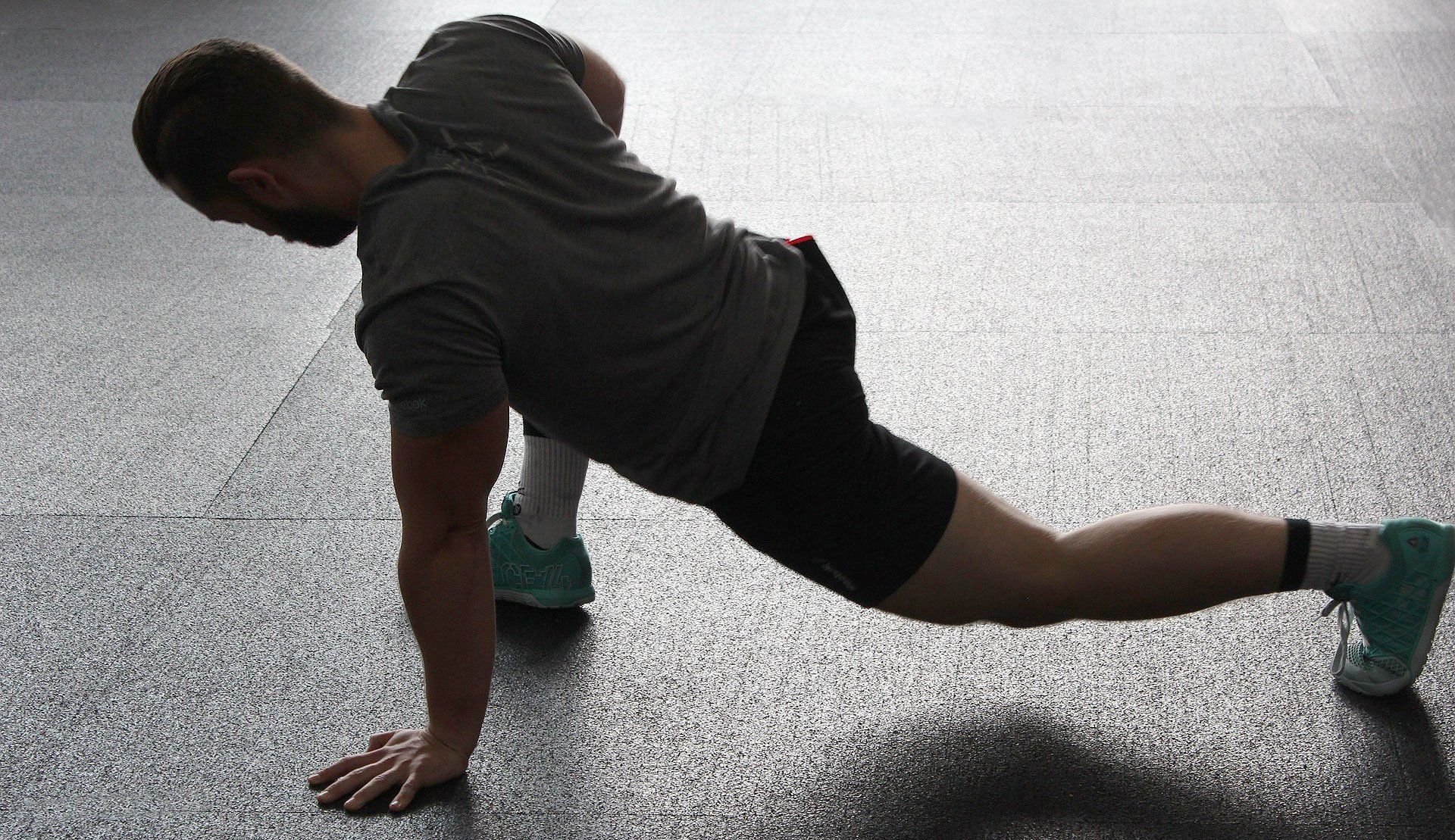
There is a lot of discussion and sometimes confusion around stretching and it is easy to see why.
Most of us have always been encouraged to stretch and, in many cases, rightly so. Before we began our work out or physical activity we limbered ourselves up and tried to gain more flexibility. Which intuitively makes sense.
However, more recent research tells us that we can lose up to 20% of our power after stretching and so competitive athletes no longer stretch themselves before big events. This research led to very heated discussions that surely this would lead to injuries as we don’t prepare our muscles for the ensuing stimulation and strenuous tasks we are about to ask of them. Some people feel that with out their daily stretching routine they would not be able to function and only feel unwanted pain.
After years of experience at the muscle and movement company and reading many other articles and papers, I have personally cut back on static stretching and am very wary about advising people to stretch until I know for certain that it may help them. I have seen many injuries that have resulted from over stretching or from stretching a weakness beyond where it was able to go.
The body operates in a balance. Agonist to antagonist, front to back, left to right and there is only so much variance in these ratios that the body will allow until it begins to object, often using the only method it knows your brain will listen to, pain.
Chronic pain, or musculoskeletal imbalances is what we mostly deal with at the Muscle and Movement company. It is so important that tests are carried out to help determine to root cause of this pain and so the right course of action can be embarked upon. This is where in some cases stretching may not be the right answer.
For ease of understanding I will use the quads and hamstrings as an example. Whilst there are more muscles in each of these kinetic chains, this is merely to illustrate the point.
Mr X is able to extend his knees using his quads to a weight of 200kg. He can flex the knees using his hamstrings to a weight of 50kg. He complains of sore knees and tight hamstrings and notes a limited range of movement when he tries to touch his toes. Each morning the pain is worse, but as the day passes it begins to ease and stretching his hamstring helps a little, but it never lasts long. The pain was getting worse by the day and he hurt himself the previous day when he tried to kick a ball.
There is a ratio, a relationship of strength between quads and hamstrings. 60/40. Quads/hamstrings. You see from his strength abilities he is considerably out-with this ratio. Testing his hamstring strength only leads to cramp. We can determine he has a weakness in his hamstrings that are struggling to support his knees. The action of kicking the ball requires contraction from the quads which, in turn stretches the hamstrings. The lack of strength in the hamstrings was unable to cope with the stretch which resulted in the subsequent strain. Any further stretching to the hamstring is likely to tear the muscle further. Mr X needs to allow time for healing and work on building strength to the hamstring to make them more robust, thus allowing full function of the knees.
This is not to say that you should not perform stretches or avoid going to yoga, operating in a full range of motion not only strengthens the agonist you are using but will in turn stretch the antagonist to which it refers. This not only leads to an increase in strength but an increase in range of motion, whereby you now have the best of both worlds. Listen to your body when it nags at you and determine what it is trying to tell you. Look at your training plan and make sure your strength is distributed throughout your body where it should be.
Hypermobility sufferers should be very cautious when stretching. Strength imbalances can lead to an excessive range of motion that can lead to potentially nasty consequences. Careful consideration should be given to your body before you embark on a new stretching routine. If you are unsure, ask your gym instructor or muscle health professional who should be able to help guide you, or if you are at the EICA:Ratho, come and ask us, we are always happy to help.

Its a horrible feeling to wake up in the morning and you struggle to put your foot on the floor, spending your first 10 mins hobbling around until your calf loosens off enough for you to function. It can happen to keen runners, it can happen to people who are not active . But why? Lots of articles have been written over the years, varying from treatments that use accupucture, or wearing a splint boot at night, with varying results. But if you look further up the kinetic chain, you are likely to find dysfuntion that causes the calf muscles to overwork, which of course pulls of the achilles or the plantar fascia and results in pain. Remember, antagonists work in ratios and the quad to hamstring operates circa 60:40. So perhaps wise to check the hamstrings 1st. If thats fine, check the glutes. If the chain isnt working and distributing the workload evenly, then the calves have no-where else to go. My own experience has found stretching the calves alone to not be as effective as hoped. It wasnt until we addressed the problem further up the chain AND loosen the overworked calves that we seen proper results. You have to fix the dysfunction or you will always chase the symptoms.

As I write this article we are into our 3rd week of lockdown during the COVID-19 pandemic. Im sure we can all relate to our stress levels rocketing, Adrenalin and cortisol levels reaching a whole new peak of their own and we struggled to make sense of what has never before affected us in such a way. Some of us, more so than others. We will all have our own stories to tell. However, as a therapist, I noted a massive increase in pain levels in the week before lockdown and I feel so helpless right now knowing so many need my help – as much as I can give you advice and exercises, I can’t get my hands on you. Of course, it’s not the only time I have observed this to be the case. It’s human nature. To be completely honest, I myself am feeling pain right now. Yes, my routine has been thrown up into the air and so I am not doing the usual exercises I would do each day, but with my husband stuck abroad, my house was in the middle of re-mortgaging and went wrong, my own income plummeted, amongst more serious financial problems, the building completion of my new clinic and being closed down the week after as a result of corona virus, my financial adviser being unable to help as he himself is struck badly by the virus, my own father being in hospital and my 10 year old demanding more attention than ever before as he too is feeling scared (although writing to his teacher to tell him I wasn't good enough was a step too far) my dog thundering around the house breaking things I worked hard to earn, the heating broke down, my TV went on the blink and some swine managed to scam me, it was be a fair assumption that my neck and shoulder pain is probably due to the fact I am extremely tense. I guess I am lucky as I understand what is going on and so I know not to panic about the pain I am currently experiencing, I have the tools to be able to fix this, but I need to deal with the stress that is currently feeding the tension. This is why I fully appreciate when somebody is in the middle of receiving treatment for an injury and something in their life “kicks off” they often come in telling me they feel they have gone backwards or their injury has worsened. The pain and the stress bang off each other and accelerate the pain levels. They don’t understand why they feel this way and begin to feel despair at their progress and feed this anxiety into the pain levels. It can be very powerful and sometimes overwhelming. But, its normal. I know I am naturally an optimistic person or I at least look for the positive in a situation and so I don’t mean that to sound patronising, but sometimes we just need to take a deep breath before we start worrying ourselves into a tizzy and listen to a calm voice giving us good clear advice. What I am trying to say is pain can cause stress, and stress can cause us pain. So, if you were already in pain and have now found yourself feeling even worse due to a stressful situation, it worth remembering that it will pass. Speak to someone you trust, do what you can to control your situation and help yourself however you can. There are lots of research papers and studies that prove the power of touch to be invaluable. (I know in the middle of this pandemic we simply cannot right now - but it will pass). So maybe going for a massage or getting a hug from someone could help how you feel massively. Times are tough right now, be kind to yourself and feel good about being kind to others. Smiling, laughing and exercise are all scientifically proven to help how you feel. Right now, I think it’s more important than ever.
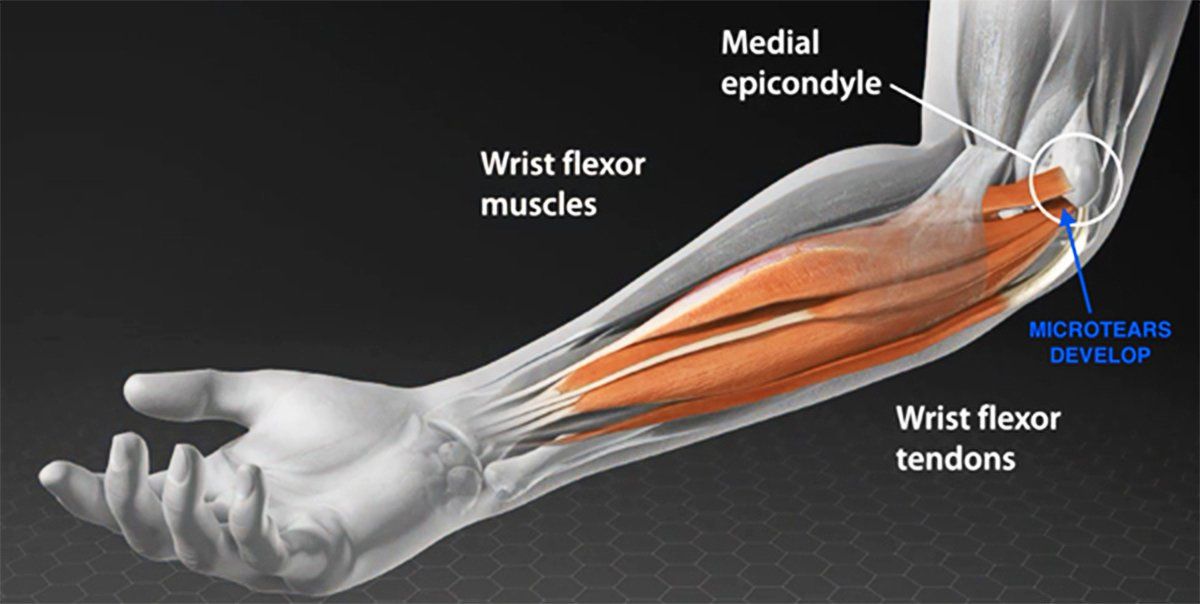
Last month I touched on “Climber’s Elbow”, this month I have decided to take a look at “Golfer’s Elbow”, also known as medial epicondylitis, since it has made appearance at the clinic a number of occasions last month. Again, this pathology is often caused by an imbalance between the finger and wrist flexors and the finger and wrist extensors. It is very important to firstly establish which side has become weaker than the other, as both sides will often become incredibly tight, one as a result of over use and the other as a result of struggling to maintain its equilibrium. Often, the flexors take on the workload causing the tendons to become sore and inflamed around the inside of your elbow. This is something to be aware of in climbers as they grip using incredible amounts of force. Remember to keep things in balance to enjoy a long climbing lifetime.

This statement is flung around too often and it needs to stop. We are living much longer than we ever have before, and without putting too fine a point on it, this is your decision as to whether you want a healthy active life or you want to suffer aches and pains, endure mental health issues and look aged before your time. I see more active over 60 year olds now than I ever have done before and it fills me with joy. I regularly respond to negative statements like “I’m getting too old” by saying “as long as you have blood flowing through your veins and not plagued with a degenerative disease, you can do what you like with your muscles”. Really, it’s your choice. I will only encourage you to get out and get on with it.
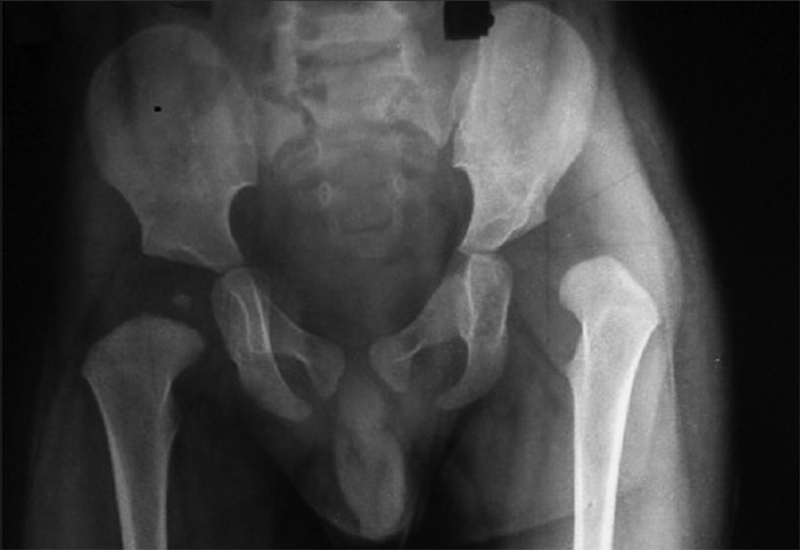
An X-ray of hips that haven’t got to know their counterpart. The following article is a personal account of living with painful and disfunctioning hips. It is therefore less formal than other articles I have written and is meant as an aid to others who might suffer from similar discomfort. Congenital Hip Dislocation, or as it is now known as developmental hip dysplacia is more common in girls than boys and there are a number of reasons as to why this may occur, it could be family history or breech birth, it can also be related to your ethnic background, however it is a condition that is no-ones fault, but I am delighted to say there is so much more information and understanding of this condition than ever before. I have personal experience with this condition, and as I reflect on my issues, I am able to understand more and therefore help not only myself but many others with hip pain. Since attending a course a few months back with the guru and author John Gibbons, I have spent time discussing glutes with a well-informed guy called Jonathan who studies podiatry and also happens to be the gym assistant at the EICA Ratho. Each week we discuss imbalances (often our own) but the most effective subject we have discussed is the Gluteus Medius. Jonathan goes away each week trying out new exercises that are of benefit to him, and I go away and tweak exercises until I find something effective for me and we come back to each other. We challenge each other to try the effectiveness of our exercises and discuss the research we have stumbled across. You perhaps spotted us rolling on (or off) gym balls and pilates balls, tripping up over resistance bands, contorting ourselves into banana shapes or even looking like mime actors pushing our hips against walls and more recently trying to run in the form of an ice skater. The results are each week we add to our exercise tool box and aid our hips that allows us to walk straighter and with much less pain. We are both feeling happy with our efforts. It was only at John Gibbon’s course that I learned the kinetic firing chain for the lateral and back lines, ie hip abduction and extension. I also learned techniques to switch off the dominant muscles pulling the chain out of action, and how to engage and switch on what should be dominant. It was with mixed emotions that I received this information, one half of me elated that finally I had someone that completely understood my own condition that has driven me nuts for more years that I like to admit, but I also felt furious, angry that no-one had ever before taught me this or identified what was actually wrong with my function. And so in order for people to understand why I have reached 40 and been unaware of how to effectively treat or remedy my condition I have to take the emotion out of the equation and look at my own journey of hip dislocation and the recent advances that have taken place in terms of medical research, and use it to help others. Already I shared the exercises Jonathan and I have researched and watched it make positive effects on those who ask me for help. It’s simple education. My journey ..... so far I was born 1st Jan 1979 with congenital hip dislocation (family history) both hips out of the socket, the right one more so, as you will be able to see from the pictures and genu recurvatum in both knees as a result from the hypermobility I have.
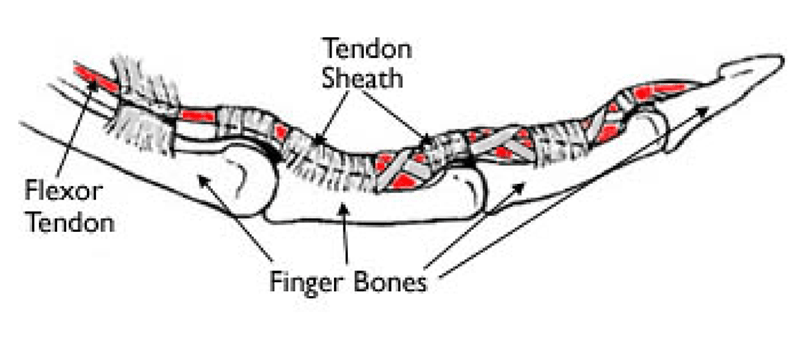
I have been asked if I would write a little bit about fingers for this article. I’m sure many of you have had a problem or a tweak that has left you unable to climb well for a few weeks and would appreciate any pointers to help avoid this. The finger flexors are located on the “non-hairy” side of the arm, and these muscles flex our fingers. As climbers, an incredible amount of force goes through these muscles, which in turn, pulls the tendons that go to our fingers to make them bend. The pulleys then wrap around these tendons to hold them to our finger bones. These pulleys can often become damaged, as can the finger tendons when they rub against each other if they are pulled tight. To avoid this type of chronic injury, it is best to look after the finger flexor muscles and prevent them from becoming too tight. Loosen your tight muscles off after a climbing session and be kind to yourselves. Enjoy your climbing, and enjoy it for years to come. – Watch out for Winter Health Checks by Rhonwyn Smith, coming to a climbing arena near you!
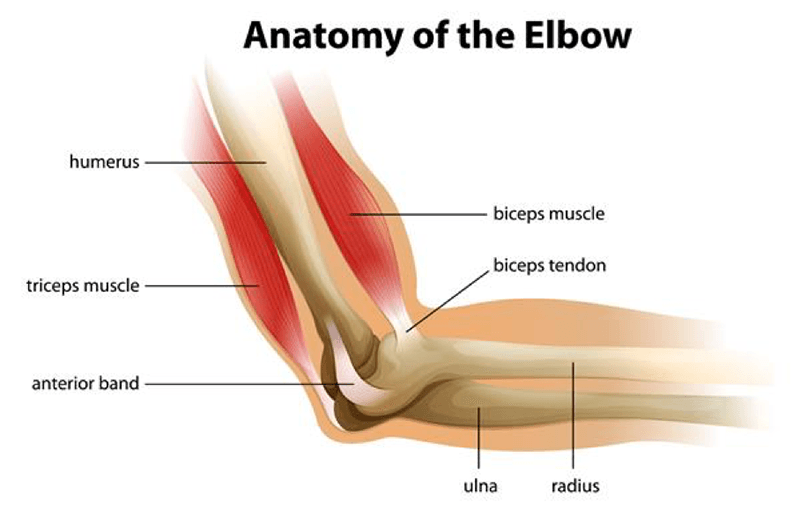
This article is going to introduce you to an imbalance pathology that you may have encountered called “climber’s elbow”. This pathology is a result of over worked biceps and under developed triceps, normally resulting in pain in the front and middle of the elbow. The key to avoid this happening is to keep the joint in balance and make sure that you put time aside to train your triceps, and keep training them. Don’t fall into the trap of working your antagonists until the pain goes away, keep your elbows balanced and keep on climbing!